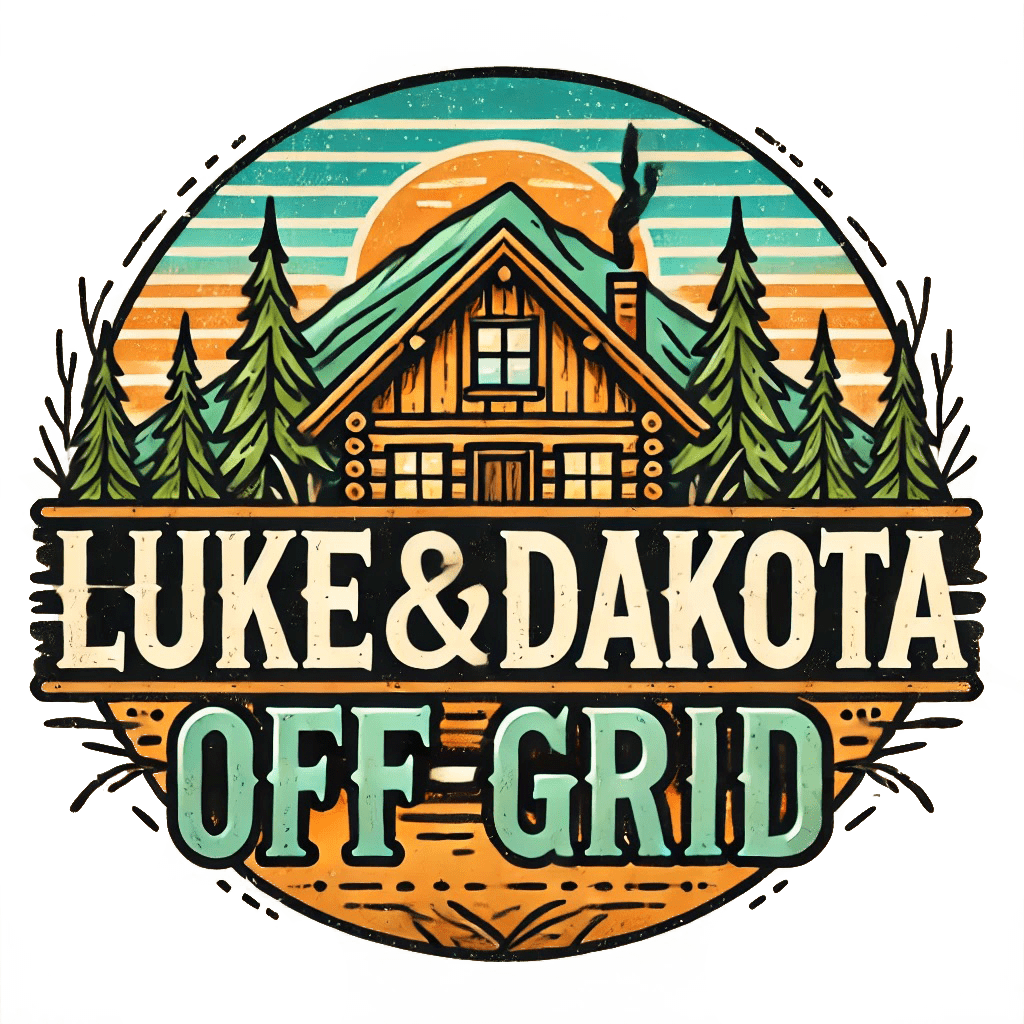Bread is a staple food that’s been enjoyed for centuries, and learning to make it off the grid can be a rewarding and delicious experience. Whether you’re cooking over a campfire, on a wood stove, or using a solar oven, making bread without a traditional oven is not only possible but surprisingly simple.
This guide will walk you through the steps to bake bread off the grid, including the tools you’ll need, different cooking methods, and a basic recipe that’s easy to adapt to your setup. Let’s dive into the art of off-grid breadmaking!
Why Make Bread Off the Grid?
Off-grid living is about self-sufficiency, and breadmaking fits perfectly into that lifestyle. Baking your bread means:
- Using Local or Homegrown Ingredients: Flour, salt, and water are often accessible, and you can even experiment with grinding your own flour from grains.
- Minimizing Dependency: Store-bought bread may not always be an option when you’re miles from the nearest grocery store.
- The Satisfaction Factor: There’s nothing quite like the smell of freshly baked bread wafting through your off-grid home.
Tools You’ll Need for Off-Grid Breadmaking
Before you begin, gather these tools, most of which are versatile and work in various off-grid setups:
- Mixing Bowl: For combining ingredients.
- Dutch Oven or Cast-Iron Skillet: Essential for cooking bread over a fire or wood stove.
- Wooden Spoon or Hands: For mixing and kneading.
- Heat Source: Options include a wood stove, campfire, rocket stove, or solar oven.
- Lid or Foil: To trap heat and create an oven-like environment.
- Thermometer (Optional): Useful for monitoring cooking temperatures.
Off-Grid Cooking Methods for Bread
1. Campfire Baking
- Place the dough in a preheated Dutch oven or cast-iron skillet.
- Bury the pot in hot coals and cover it with additional coals for even cooking.
- Rotate the pot periodically to avoid burning.
2. Wood Stove Baking
- Use the wood stove surface for flatbreads or heat a Dutch oven on the stovetop for traditional loaves.
- Ensure the heat is moderate and consistent for even cooking.
3. Solar Oven Baking
- Preheat your solar oven to 350°F (or as close as possible).
- Place your dough in a covered dish to prevent direct sunlight from drying it out.
- Bake until golden brown, which may take longer depending on sunlight intensity.
4. Steaming Method
- For ultra-simple bread, steam the dough by placing it in a covered pot above boiling water.
- This method works well for soft breads like bao or steamed buns.
Basic Off-Grid Bread Recipe
This simple recipe uses minimal ingredients and can be cooked with any of the above methods.
Ingredients:
- 3 cups flour (all-purpose or whole wheat)
- 1 ½ teaspoons salt
- 1 teaspoon sugar or honey
- 1 packet (2 ¼ teaspoons) active dry yeast
- 1 cup warm water
Instructions:
- Activate the Yeast:
- Combine warm water, yeast, and sugar in a bowl. Let it sit for 5-10 minutes until frothy.
- Mix the Dough:
- Add flour and salt to the yeast mixture. Stir until the dough begins to come together.
- Knead the Dough:
- Knead for about 8-10 minutes until smooth and elastic. If the dough is sticky, add a little more flour.
- Let It Rise:
- Place the dough in a lightly oiled bowl, cover it, and let it rise in a warm place for 1-2 hours, or until doubled in size.
- Shape the Dough:
- Punch down the dough and shape it into a round or loaf.
- Cook the Bread:
- Use your chosen off-grid method:
- Campfire or Wood Stove: Place in a preheated Dutch oven, cover, and bake for 25-30 minutes.
- Solar Oven: Bake for 40-60 minutes at approximately 350°F.
- Steaming: Steam for 25-30 minutes.
- Use your chosen off-grid method:
- Cool and Enjoy:
- Let the bread cool for at least 10 minutes before slicing.
Tips for Successful Off-Grid Breadmaking
- Temperature Control: Off-grid baking isn’t as precise as a traditional oven. Use trial and error to find the sweet spot for your setup.
- Use a Thermometer: If possible, monitor the internal temperature of the bread (190°F–200°F) to ensure it’s fully cooked.
- Experiment with Flavors: Add herbs, garlic, or seeds to the dough for variety.
- Don’t Overthink It: Off-grid bread doesn’t have to be perfect. Focus on making something tasty, not Instagram-worthy.
Conclusion
Making bread off the grid is more than just a skill—it’s a fulfilling way to connect with your food and embrace self-sufficiency. With a few basic tools, simple ingredients, and a little practice, you can enjoy fresh, homemade bread no matter where you are.
Ready to try it yourself? Grab your cast iron, light the fire, and start baking your way to off-grid independence!

